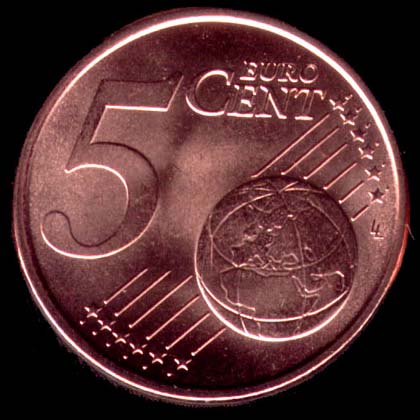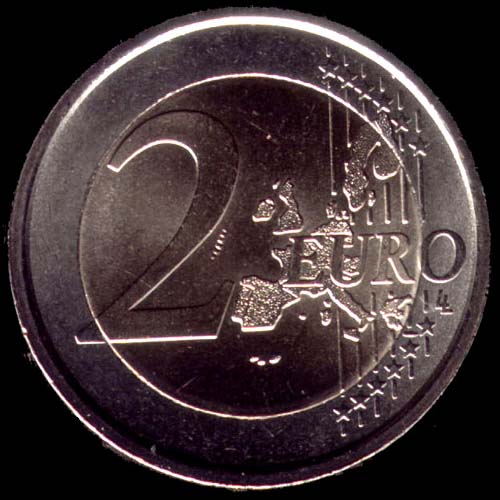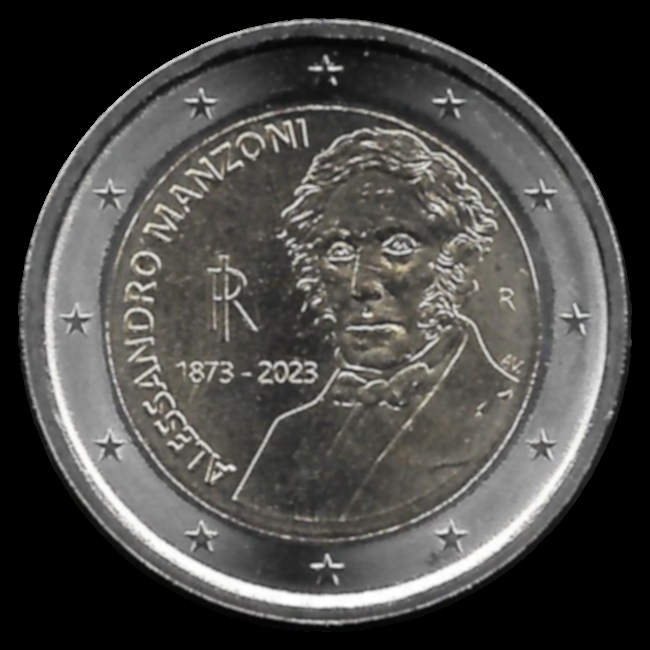Catalog of Italian coins in euro
The euro coins are eight, with values of 1, 2, 5, 10, 20, 50 cents and 1 and 2 euro. They are characterized by a common face designed by Luc Luycx of the Royal Mint of Belgium, winner of the European competition for the design of the coins. The images of the common side represent three different maps of Europe, surrounded by 12 stars of the EU with a number indicating the value of coin. The other side is the national one, and shows different images for each country, surrounded by the 12 EU stars and containing the initials of the nation (e.g.: RI for the Italian Republic).
The subjects of Italian coins were chosen on February 8th 1998 by a televoting during a TV show, apart the 1 euro coin, chosen by the then Economy Minister Carlo Azeglio Ciampi. The subjects adopted are:
- 1 cent: Federico II castle in Castel del Monte;
- 2 cents: Mole Antonelliana in Turin;
- 5 cents: Colosseum in Rome;
- 10 cents: detail of the Birth of Venus by Sandro Botticelli;
- 20 cents: Unique Forms of Continuity in Space by Umberto Boccioni;
- 50 cents: Equestrian Statue of Marcus Aurelius on the drawing of Michelangelo's Piazza del Campidoglio in Rome;
- 1 Euro: Vitruvian Man by Leonardo da Vinci;
- 2 euro: a portrait of Dante Alighieri taken from the fresco The Dispute of the Sacrament of Raphael Sanzio.



















































